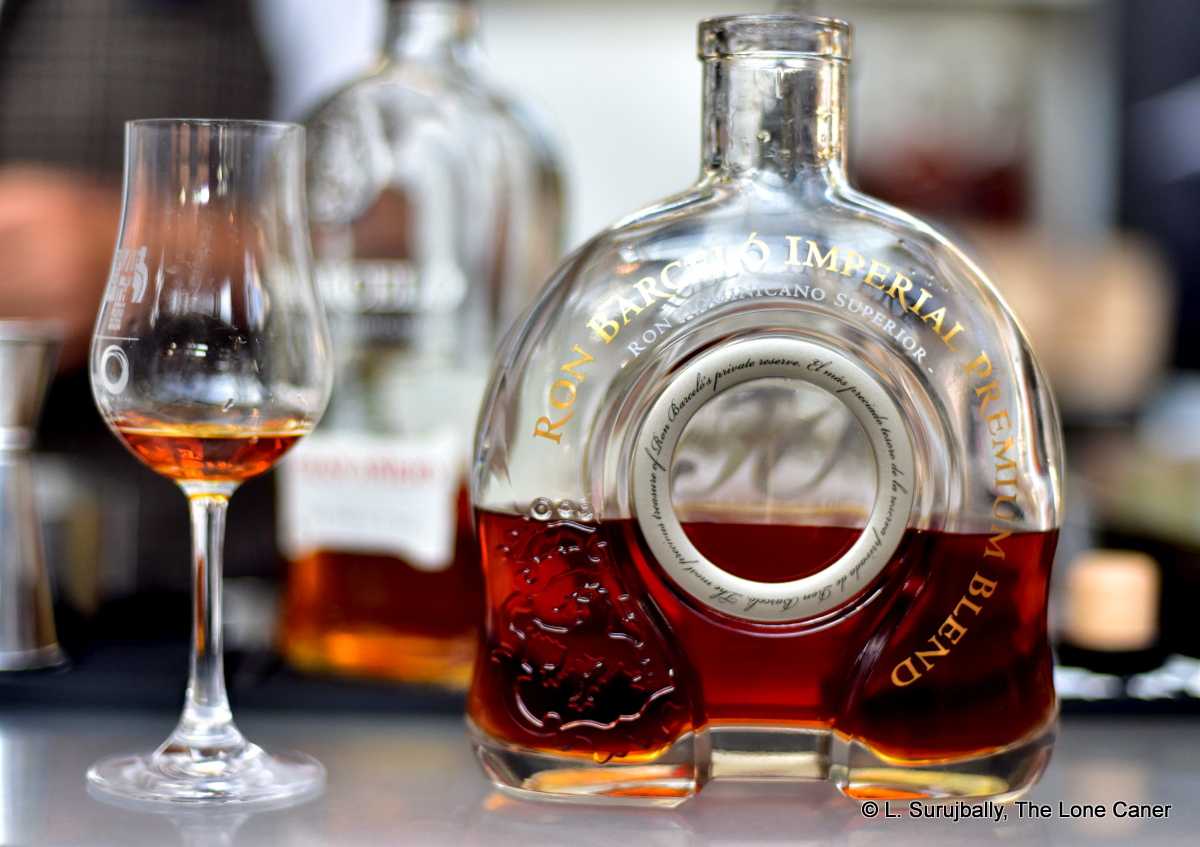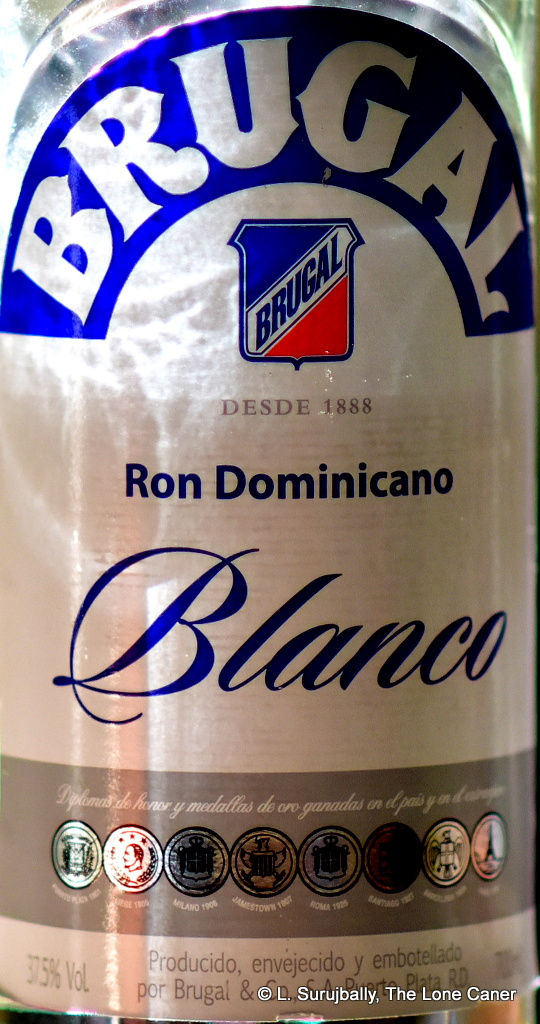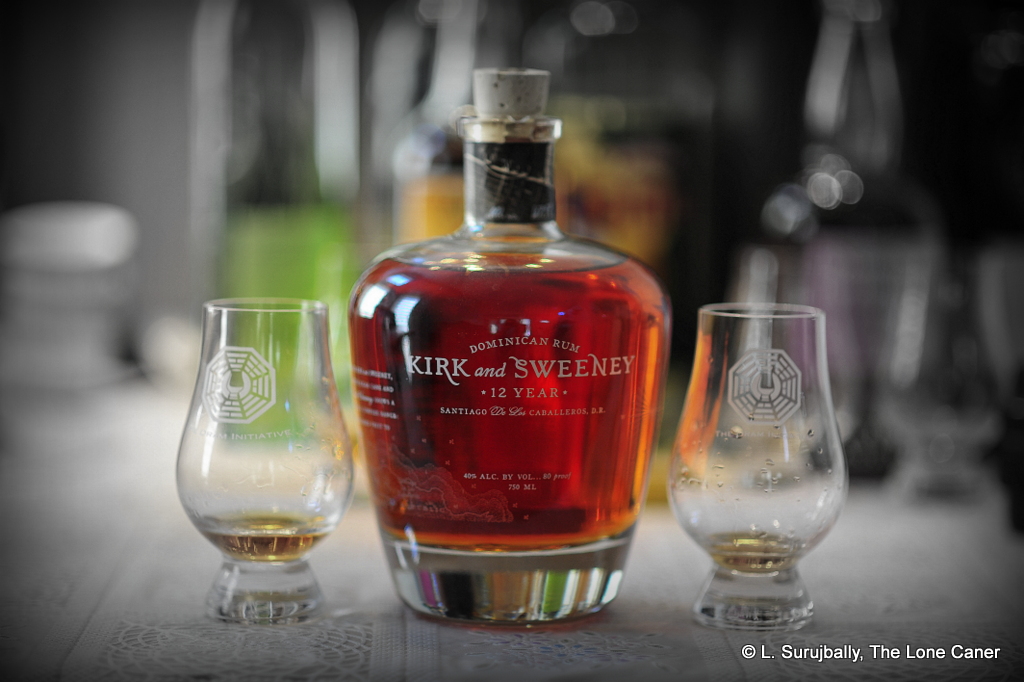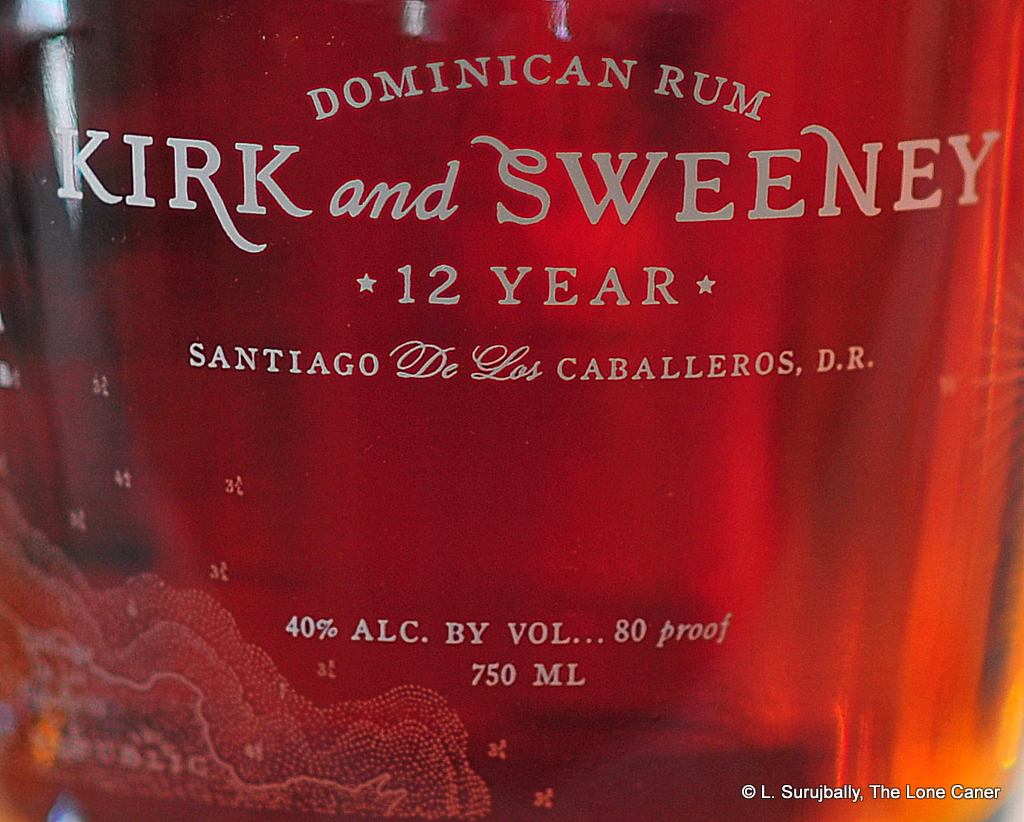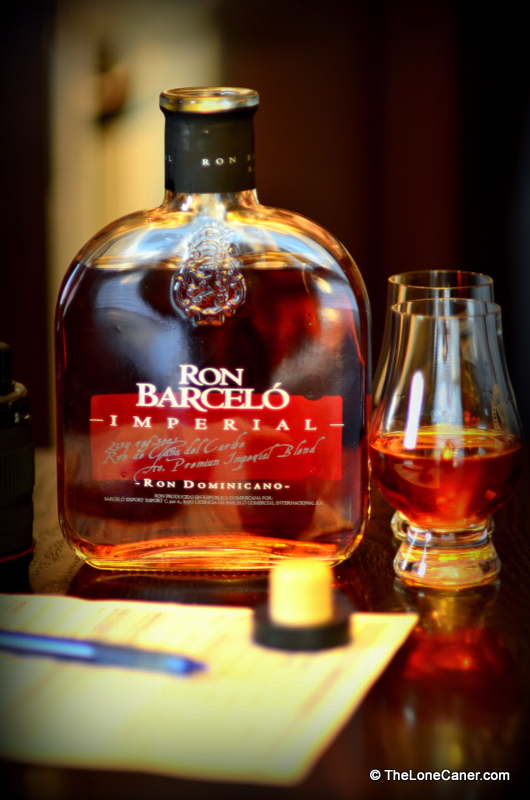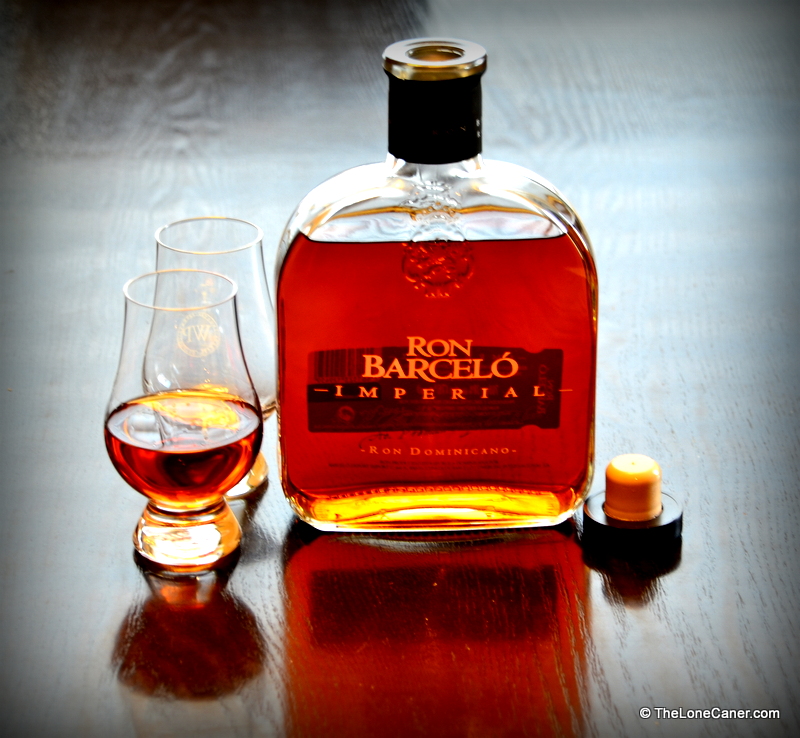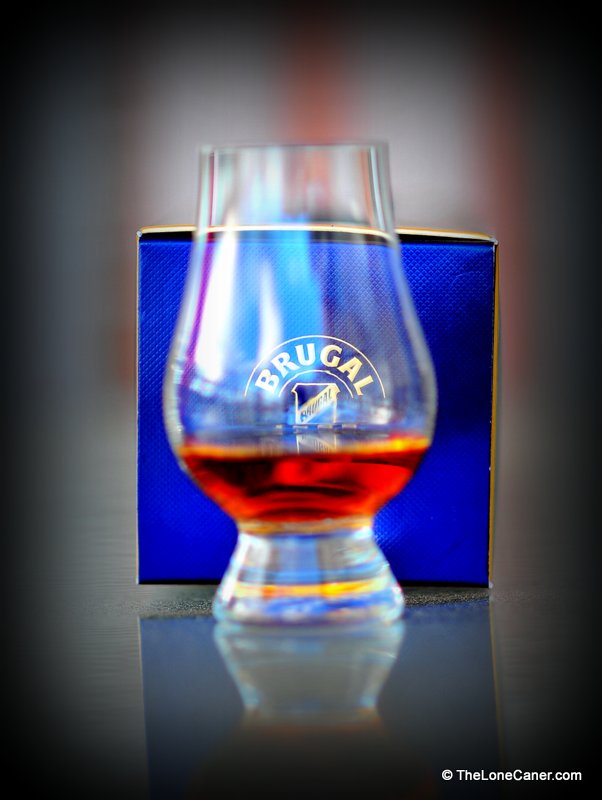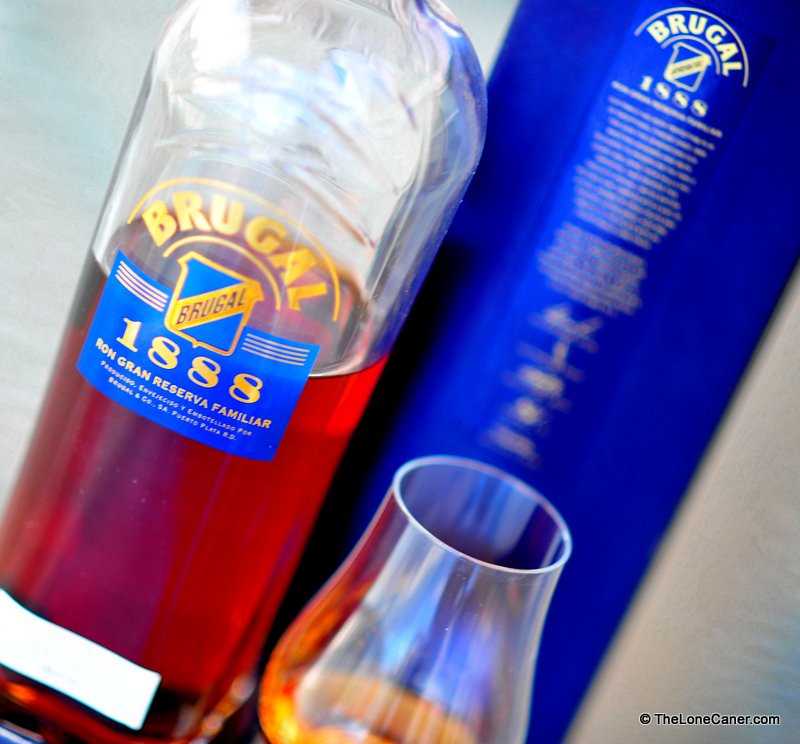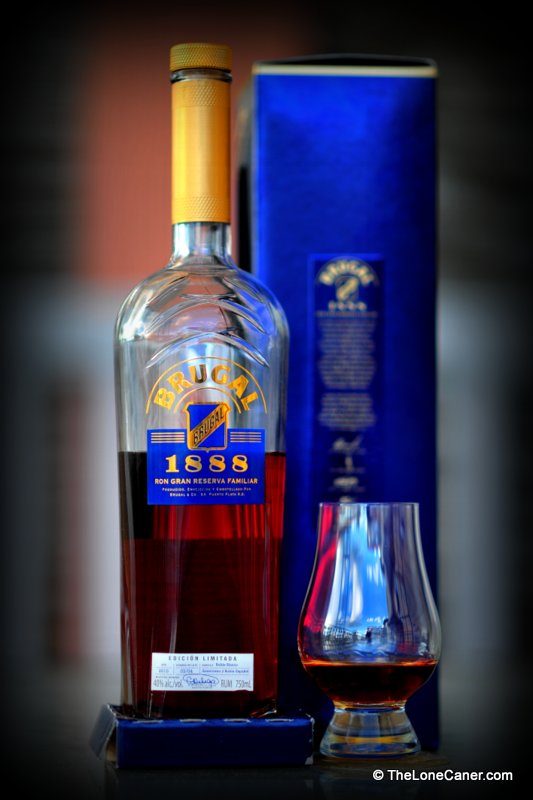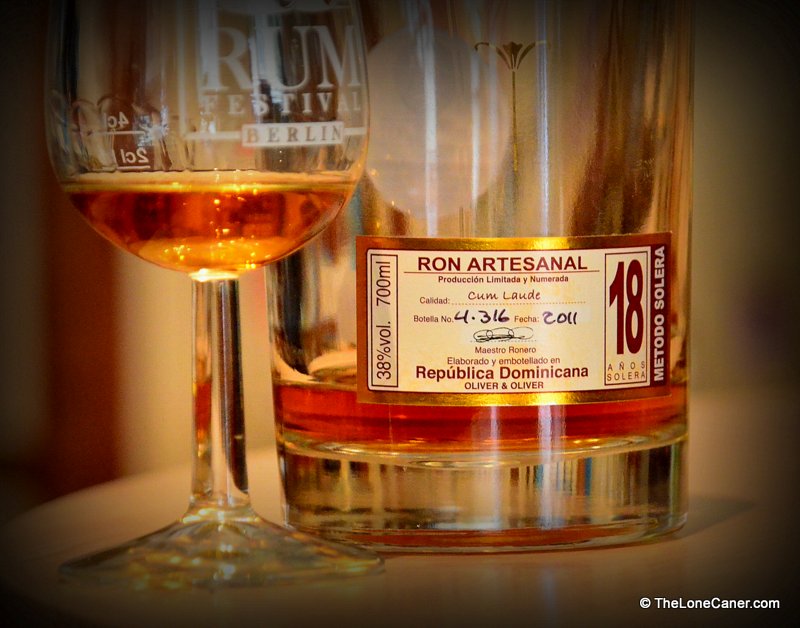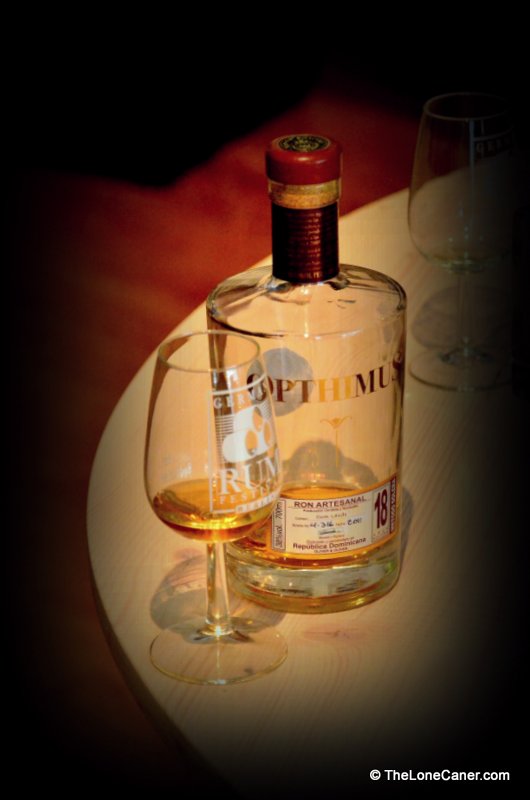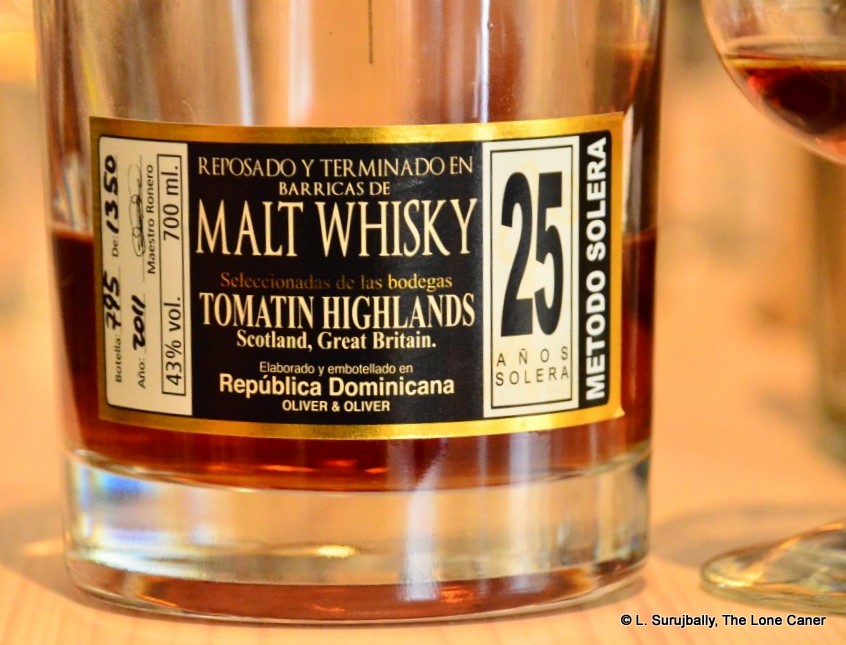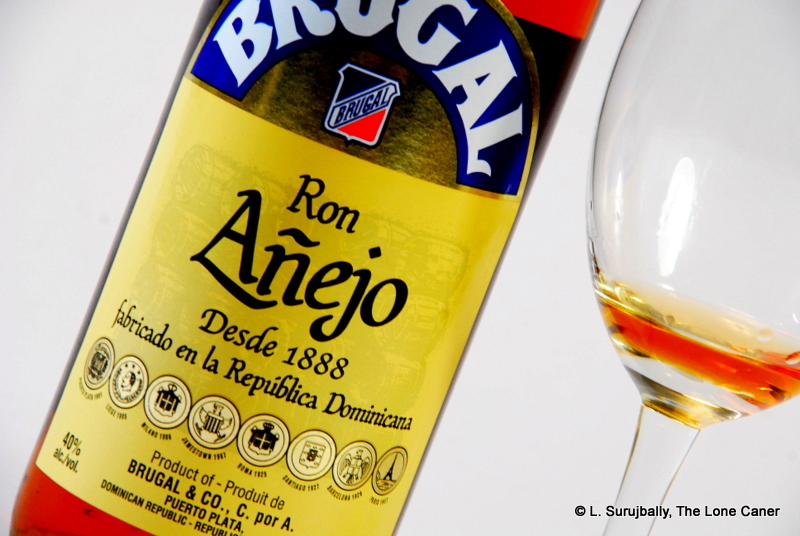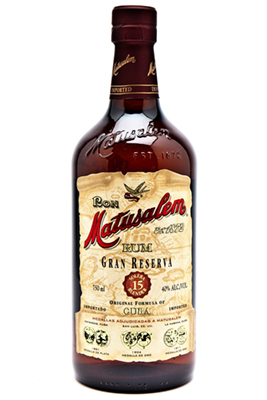Perhaps this rum was inevitable. Maybe spurred on by the rising price of ex bourbon barrels, or the desire to experiment, or the curiosity about whether a peated whisky really is like a Caroni, or simply to attract those who can no longer afford the Octomores and other similar expressions of Islay, some bright spark at a rum distillery has finished his rum for six months in a peated (Speyside) whisky barrel.
Is that a real thing, or is it just a stunt? Commentary on Rum Ratings suggests a sharply divided audience on this and when you smell it, you can understand why – that peated barrel has a real influence here. You get the initial slap of iodine, antiseptic industrial hospital corridors and seaweed right away, only marginally offset by vegetable soup, some heavy overripe fruits, caramel, smoky vanilla and leather. The odour of smoke and wet charcoal and ashes is discernible but remains restrained and stays back, and there’s a bit of rubbing alcohol that the ageing has not managed to dispel. It gets slightly deeper and more involved over time but too my mind, that’s not enough to really elevate it to something top tier.
This is all fine, but it is rather off the beaten track: and if it’s one thing years of tasting new and experimental rums has shown me is that (as with electronics for example) while there are always some rabid early adopters, and those with tastes that go for something this off the wall, it takes rather longer to bring the average consumer along to accepting something so different. And it is different – it’s like Mhoba’s Bushfire, or some of the more radical rums experimentals that get aged in completely new woods that make them smell and taste like barbecue sauce, or a maple syrup.
Still, smell is one thing, but what’s the taste like? Maybe that has a profile more rum-like? Yes and no. The taste is light (the standard strength again, so that’s nice) and easygoing…up to a point. It has a musky and dark feel to it, with notes of bitter, damp and stale coffee grounds, cardboard and mouldy paper, cheap dry unsweetened chocolate left open in the bin at a grocery too long. Again there are some dark overripe fruits but not much and not many and it’s hard to pin them down – plums, dates, figs, I’d suggest. Also medicine, camphor balls, damp sawdust, ginger and a touch of cinnamon, followed by a short and clean finish that again returns to iodine, rubbing alcohol, some toffee and molasses.
So with that out of the way, when I sit back and reconsider it all: in fine I’m not sure that for the average rum consumer that this actually works. It’s a blend of column still distillates aged 5-10 years and tropically aged in American oak, so that part is fine. The 40% ABV keeps the aggro down to a minimum. I didn’t get a chance to test it, there’s something about the ease and rounded nature of it all – even with that delicate peaty bitterness in the background – that suggests it’s not entirely kosher and has been added to, however slightly (NB: however, not checked by me, so that is a completely personal opinion).
But that peat…it’s is a love or hate proposition. Whisky drinkers would probably have no problems with this expression at all (and it was an anorak who gave it to me). Admittedly that aspect is not overdone and doesn’t take over the entire thing, but it is pervasive and never lets up, and lends a piquancy to the rum similar to (but quite different from) the profile demonstrated by good Caronis. Moreover, the more subtle fruity and wine-y notes imparted by wine, cognac, or other common finishing casks are pretty much absent, this upsets the balance of various elements and gives the impression the rum is not a vehicle to demonstrate the rum, but the whisky element. So with that in mind, it’s up to an individual drinker to decide whether that’s in her or his wheelhouse. Speaking for myself, I have to admit that it doesn’t entirely play in mine.
(#1046)(78/100) ⭐⭐⭐
Other notes
- My thanks to Curt from Kensington Wine Market in Calgary who gave me the sample to try.
- Relicario is a brand not a distillery. Made by Barcelo (now a brand within a larger corporate umbrella and no longer the original family’s enterprise) in the Dominican Republic, on the facilities of Alcoholes Finos Dominicanos, which is a new distillery built with EU funds and owned by several major shareholders and investment firms.
- 1048 bottle outturn according to the label. It’s a blended rum of several ages ranging from 5-10 years, not of any particular year.
- Company legend has it that two bottles of an old rum were found in an old reliquary (which is a container made for holding holy relics like saint’s bones or hair) and the profile was replicated to form the line of the brand. I like a good backstory, but never really believe any of them.




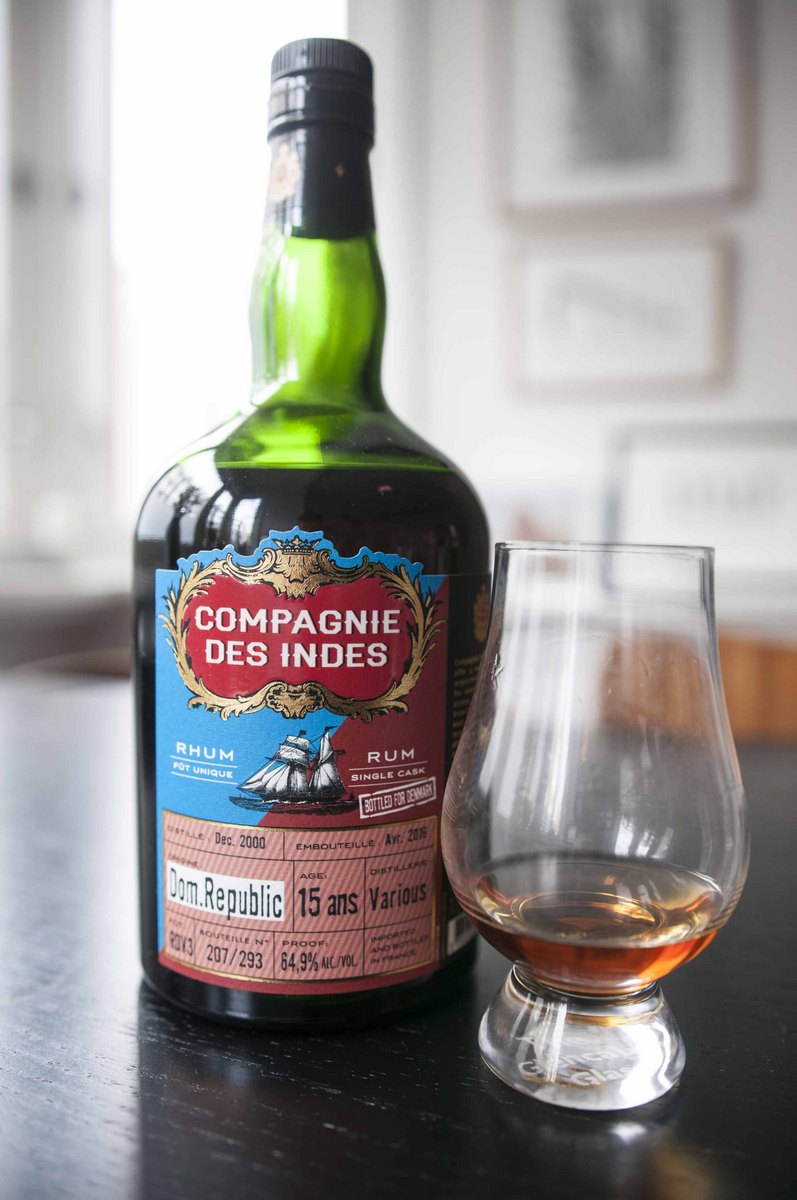
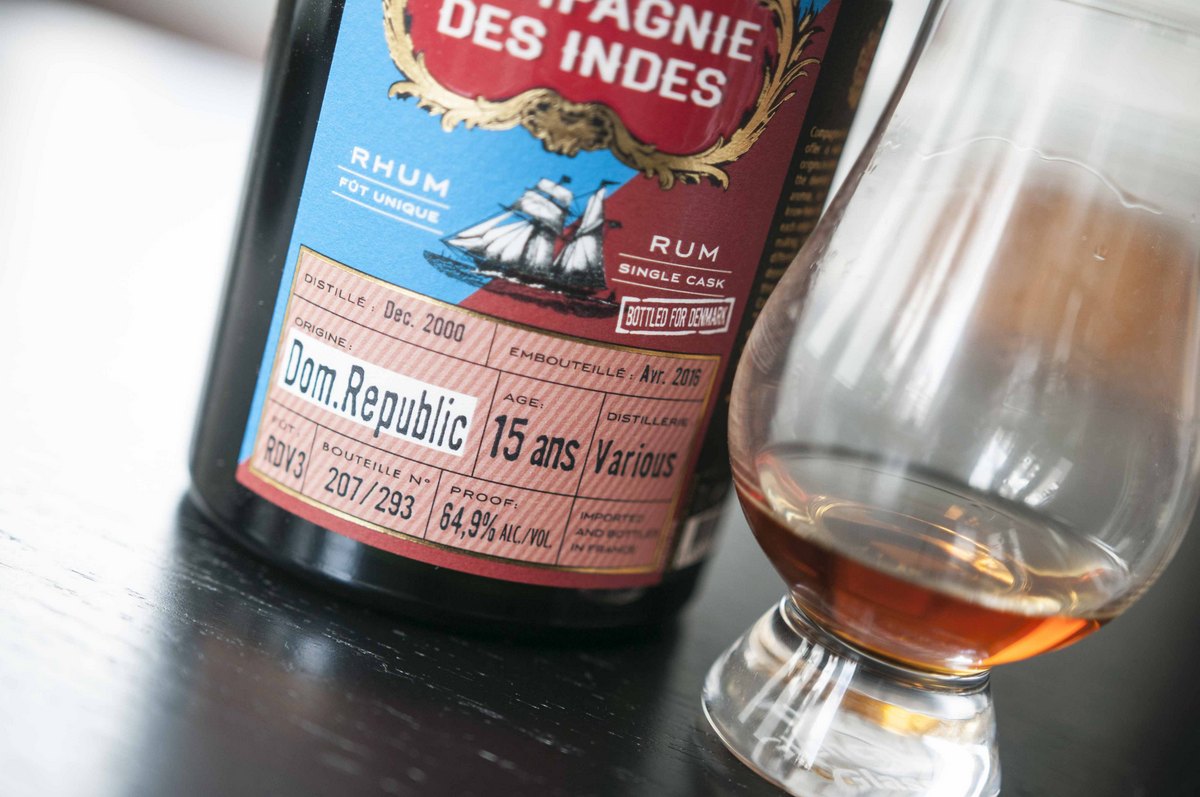
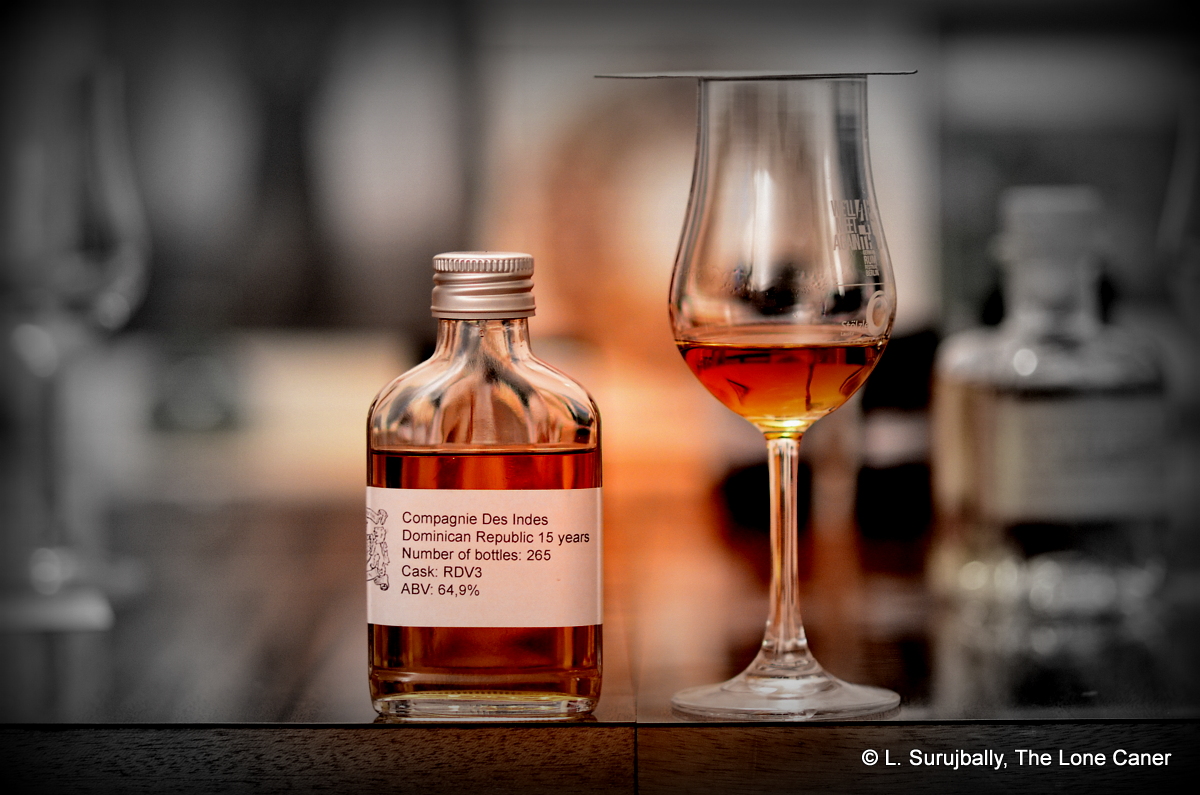
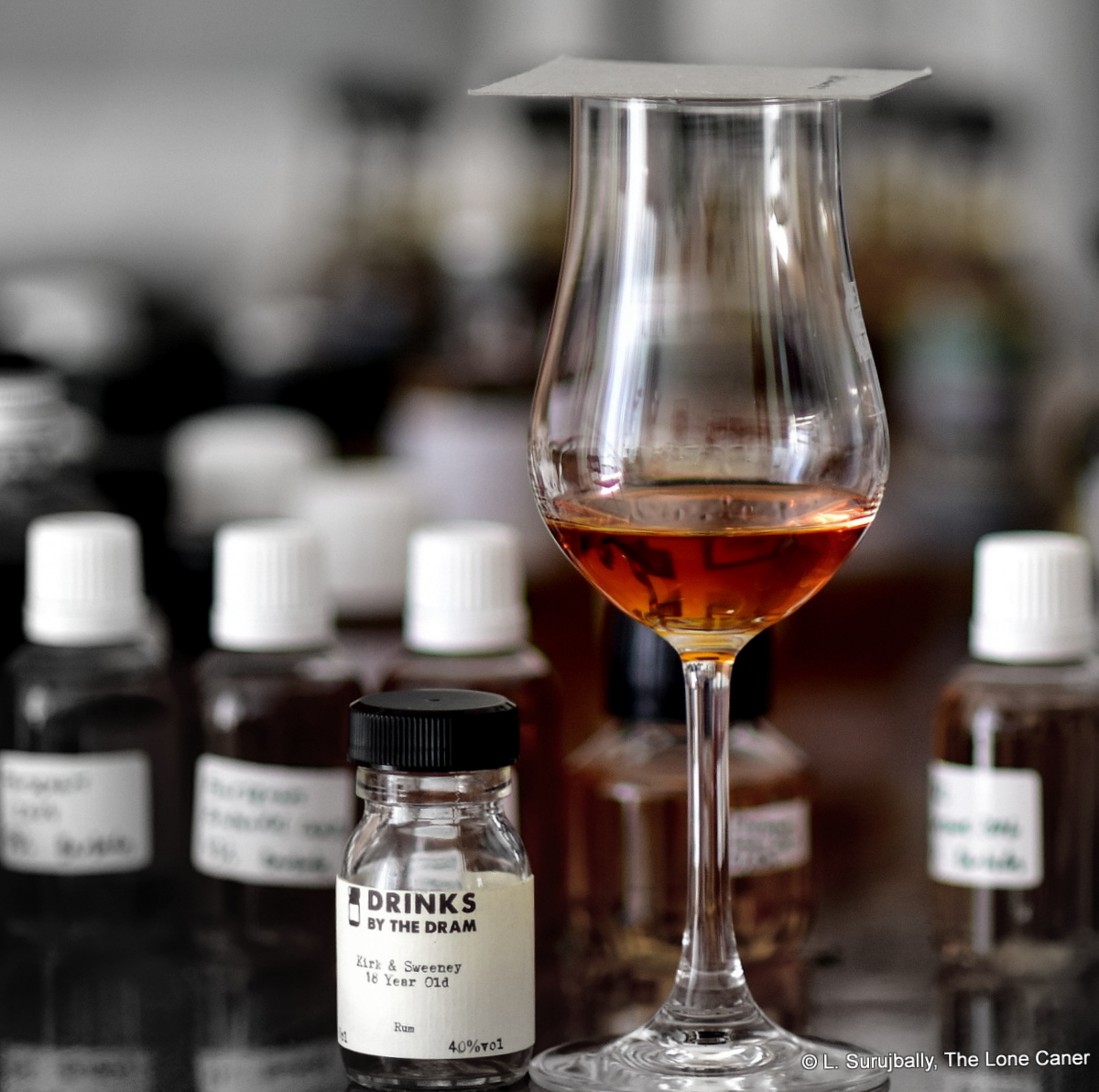
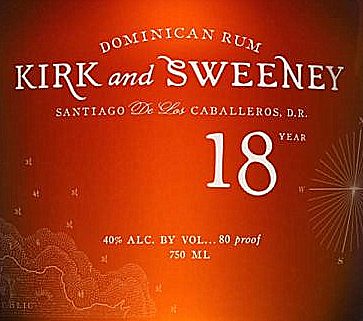 This is not to say that there isn’t some interesting stuff to be found. Take the nose, for example. It smells of salted caramel, vanilla ice cream, brown sugar, a bit of molasses, and is warm, quite light, with maybe a dash of mint and basil thrown in. But taken together, what it has is the smell of a milk shake, and there doesn’t seem to be much in the way of startling originality – not exactly what 18 years of ageing would give you, pleasant as it is. It’s soft and easy, that’s all. No thinking required.
This is not to say that there isn’t some interesting stuff to be found. Take the nose, for example. It smells of salted caramel, vanilla ice cream, brown sugar, a bit of molasses, and is warm, quite light, with maybe a dash of mint and basil thrown in. But taken together, what it has is the smell of a milk shake, and there doesn’t seem to be much in the way of startling originality – not exactly what 18 years of ageing would give you, pleasant as it is. It’s soft and easy, that’s all. No thinking required.